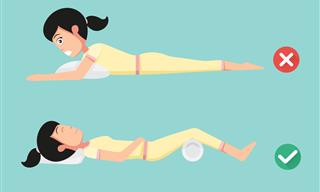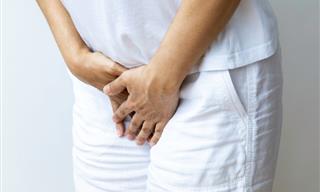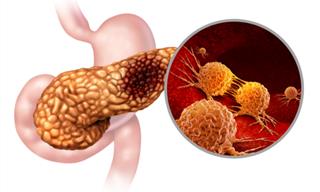Sudden back pain can be caused by a number of things, such as moving boxes, tough workouts, shoveling snow or carrying heavy bags. However, determining the cause of chronic back pain can be a little trickier. Let's take a look at what could potentially be to blame for your achy back.
1. You're stressed out
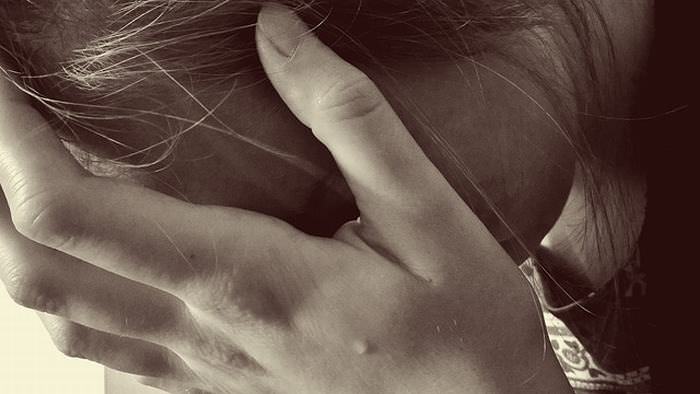
Mental and emotional distress can manifest itself on a physiological level. If you've been feeling run down or uptight over a long period of time, muscle tension can lead to aches and spasms. Stress-triggered back pain crops up in the neck and shoulder region, as well as the lower back.
Try: Relaxation techniques like deep breathing. Inhale slowly for a count of four, hold your breath for another count of four and exhale for a count of four. Take frequent walks and consider practicing yoga - both are also very helpful.
2. Your heels are too high
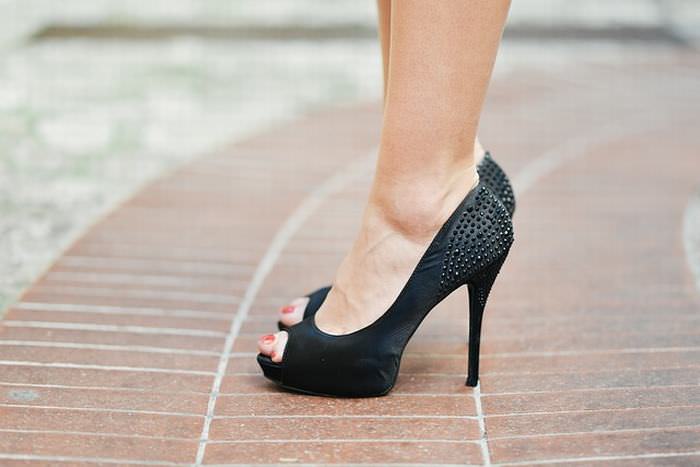
While high heels may be fashionable, they could be causing you back problems. High heels throw off your center of gravity, making you lean forward when you walk. It also puts extra pressure on your feet. Consequently, this puts more stress and strain on your lower back, causing pain.
Try: On occasions where you must wear heels (such as at the office), invest in a nice pair of walking shoes for your commute, changing your shoes when you arrive.
3. You don't pay attention to what you eat

According to a 2014 study published in the Asian Spine Journal, 31 percent of women and 25 percent of men who suffered from back pain also had gastrointestinal issues, including abdominal pain and food intolerance. But what is the connection between back pain and nutrition? The main culprit here is inflammation. Foods that are high in fat and sugar cause inflammation throughout the body, including the lower back.
Try: Cutting back on sugar and caffeine. Eat clean, whole foods instead of processed ones and always include a protein-rich food in your meals, such as meat or beans, plus whole grains such as brown rice or vegetables.
4. Your pants are too tight

Outfits that are too tight constrict the body, limiting your range of motion, straining your back, neck, and shoulders. Skinny jeans and pencil skirts are the worst culprits.
Try: Opting for clothes that are snug but have a bit of a stretch to them. Make sure that you can easily slip a finger under the waistband.
5. You sit down all-day

One of the most detrimental things you can do to your health is sit down all day, as your muscles get used to that position, causing them to tighten up.
Try: Reducing the effect of sitting-induced muscle stiffness and tightness by stretching your calves, hamstrings, and glutes when you wake up. When these muscles begin to tighten, the lower back suffers. Also, aim for a quick stretch midday and before bed. And try to get up and walk around a few times throughout the day.
6. You smoke

A Northwestern University study found that smokers are three times more likely than nonsmokers to develop chronic back pain. Smoking affects how the brain responds to back pain, making people who smoke less resilient to an episode of pain. The study also found that smokers who kicked their nicotine habit during the trials experienced a decrease in chronic pain. Furthermore, previous studies found that smoking may damage tissue in the lower back area, as it slows down circulation and reduces the flow of nutrients to back muscles.
Try: If you're still hooked on your cigarettes, try these 10 unconventional quit smoking tips.
7. You're dehydrated

Your spine is made up of 33 vertebrae. Between each disc is a jelly-like substance made up of 90 percent water. In order to keep that cushioning intact, your body needs a steady stream of fluid. When your body is dehydrated, those disks become flatter and less cushiony, which can consequently lead to pain.
Try: A good way to know if you are drinking enough water is to look at the color of your urine. It should be clear or light yellow. If it is dark yellow, grab a glass of water. These tips will help you get more water in your system.
8. You've been skipping ab workouts

If your abdominal muscles are weak, your lower back muscles have to work harder, which can cause lower back pain. Combat an achy back with an abdominal muscles workout. Also, pay attention to how you are sitting or walking. Your core should never be relaxed - this is what often puts you at risk of developing pain.
Try: If you're up for the challenge, there are a number of stomach crunching exercises you can try. These exercises will engage your erector spinae, the muscle that keeps your spine erect, helping you maintain the correct posture. You can also try these 8 strength training exercises to slowly build up the muscles in your core before attempting a more challenging workout.
9. Your hips are uneven
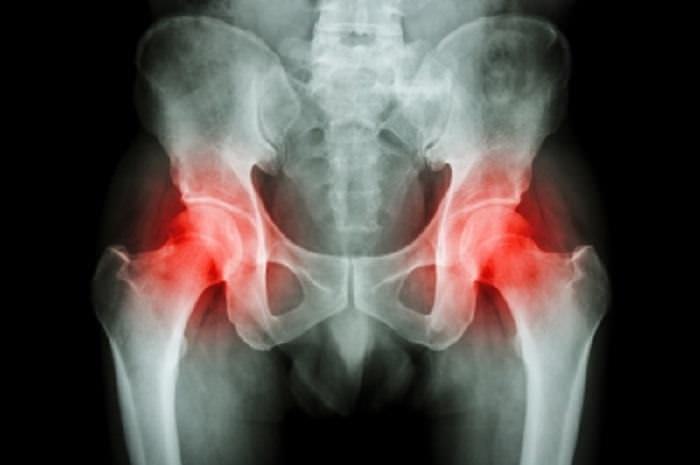
Image: stockdevil, freedigitalphotos.net
Many people have no idea that one side of their pelvis is slightly higher than the other. This imbalance can cause lower back pain in your day-to-day life. An apparent way to tell if your hips are uneven is during a workout, enabling you to see how your body responds to certain moves. For example, if your left hip is higher than your right when you do a lunge on the left side, you may feel that hip muscle pull tighter.
Try: Prior to establishing a routine to cure your alignment, it is vital that you visit your doctor in order to detect any potential imbalances.
10. You have a urinary tract infection
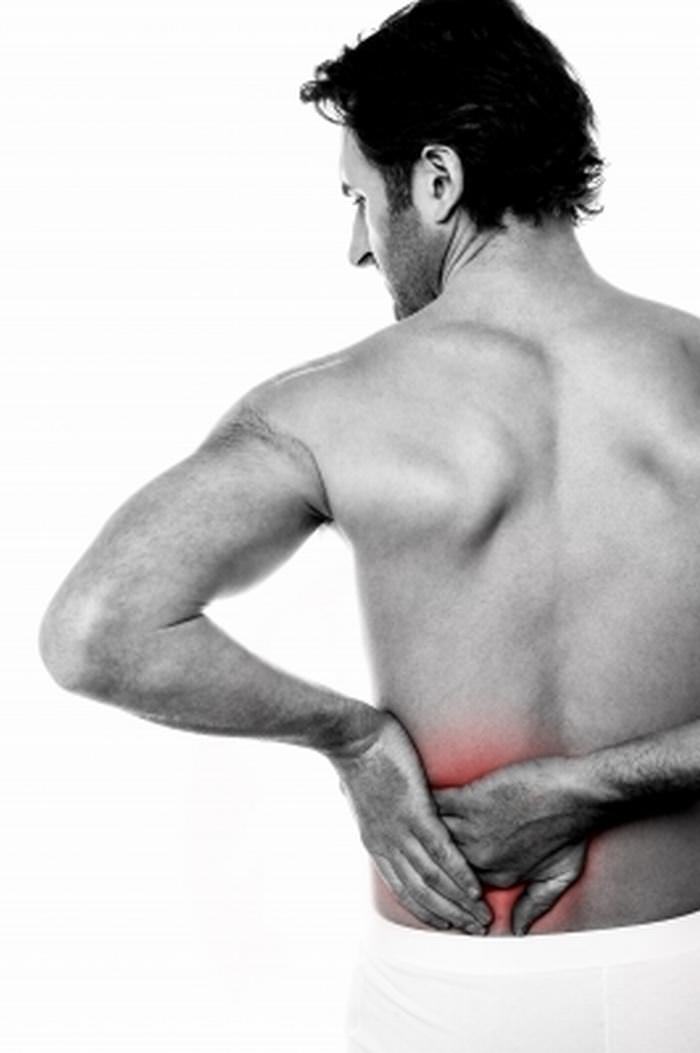
image: stockimages: freedigital.net
A urinary tract infection is often accompanied by pain in the lower and upper back, or sharp pains along the side. Back pain often indicates that a urinary tract infection has spread to the kidneys.
Try: Classic UTI symptoms also include a persistent urge to urinate or pain during urination, so be sure to visit a doctor immediately for treatment.
Source
Related Articles:
1. How to Relieve Your Back Pain
2. 4 Remedies to Relieve Pain in the Upper Back
3. 7 Overlooked Lower Back Pain Remedies
 Go to BabaMail
Go to BabaMail


















